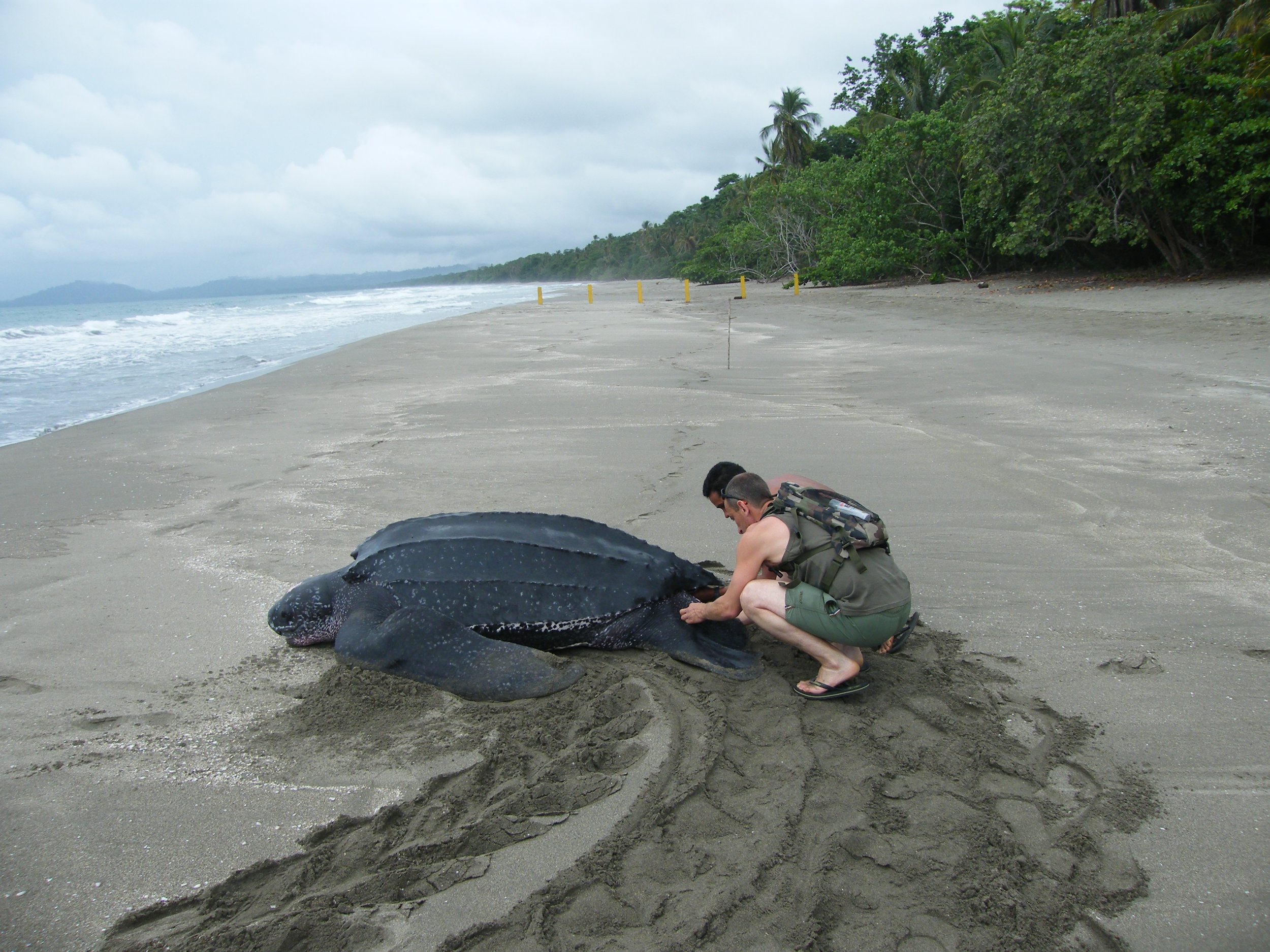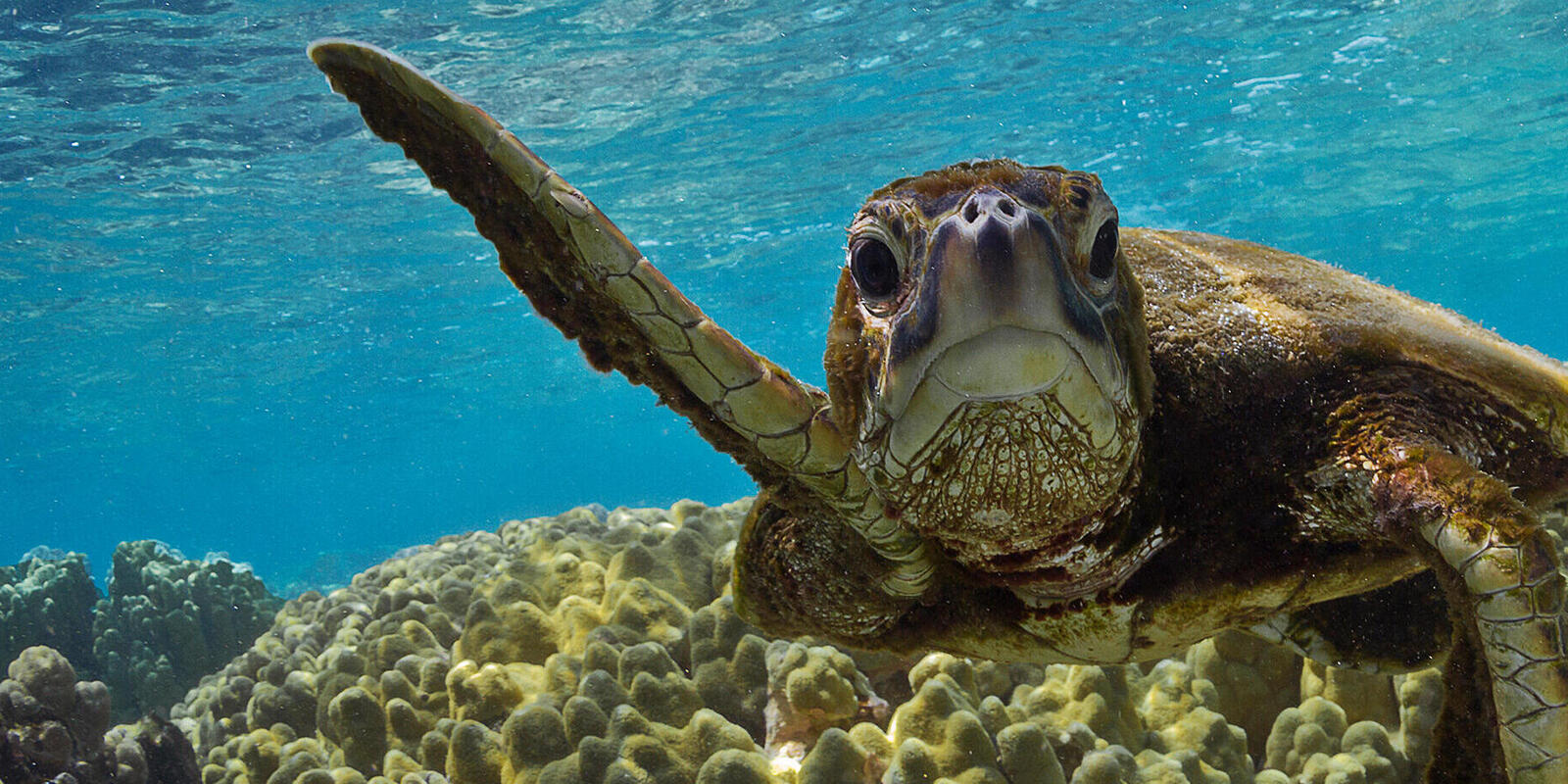Sea turtles are fascinating creatures that inhabit the world’s oceans. They come in various sizes, and their growth rate can be influenced by multiple factors, including species, diet, habitat conditions, and genetics. In this article, we will explore some of the largest sea turtle species and discuss factors that contribute to their size.

Credit: www.seeturtles.org
Sea Turtle Species and Size
There are seven recognized species of sea turtles: Green sea turtle, Loggerhead sea turtle, Olive ridley sea turtle, Hawksbill sea turtle, Kemp’s ridley sea turtle, Flatback sea turtle, and Leatherback sea turtle. Each species has unique characteristics, including their size.
Let’s take a closer look at some of the largest sea turtle species:
1. Leatherback Sea Turtle (dermochelys Coriacea)
The Leatherback sea turtle holds the title for being the largest of all sea turtle species. These magnificent creatures can grow up to 6 to 7 feet (1.8 to 2.1 meters) in length and weigh between 550 to 2000 pounds (250 to 900 kilograms). Their huge size is attributed to their unique shell structure, which is made of a rubbery skin with bony plates underneath.
2. Green Sea Turtle (chelonia Mydas)
The Green sea turtle is another impressive species known for its large size. Adult females can reach sizes up to 3 to 4 feet (0.9 to 1.2 meters) in length and weigh between 200 to 500 pounds (90 to 227 kilograms). Male green sea turtles are usually smaller than their female counterparts, with lengths of around 2 to 3 feet (0.6 to 0.9 meters).
3. Loggerhead Sea Turtle (caretta Caretta)
The Loggerhead sea turtle is a robust species that can grow to an average length of 2.8 to 3.5 feet (0.8 to 1.1 meters) and weigh between 200 to 400 pounds (90 to 180 kilograms). They have a large head with strong jaws, which gives them their distinctive name. Loggerheads are known for their large size and impressive strength.

Credit: www.worldwildlife.org
Factors Influencing Sea Turtle Size
While each species has a general size range, individual sea turtles within a species can vary in size. Several factors influence the growth rate and ultimate size of sea turtles:
1. Diet And Nutrition
The diet of sea turtles plays a significant role in their growth. A healthy and balanced diet allows them to reach their maximum potential size. Sea turtles are primarily herbivorous or omnivorous, feeding on seagrasses, algae, jellyfish, crustaceans, and fish. Access to abundant food resources and a diverse diet contribute to their size.
2. Habitat And Environmental Conditions
The habitat in which sea turtles live affects their growth rate. Sea turtles in areas with rich food availability and suitable nesting sites are more likely to reach larger sizes. Warm tropical waters also provide favorable conditions for growth and development.
3. Genetics
The genetics of each sea turtle species contribute to their size potential. Some species, like the Leatherback sea turtle, have genetic traits that allow them to reach enormous sizes compared to other species.
Conclusion
Sea turtles come in various sizes, with the Leatherback sea turtle being the largest species. Factors such as diet, habitat conditions, and genetics are instrumental in determining the size of sea turtles. Understanding these factors is crucial for the conservation and protection of these magnificent creatures and their habitats.





Leave a Reply